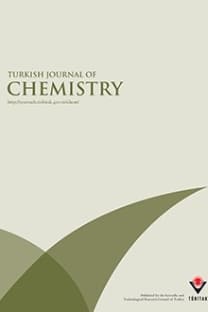Computational investigation of influenza A virus M2 protein inhibition mechanism by ion channel blockers
Influenza A M2, ion channel, molecular dynamics simulations, constant pH molecular dynamics simulations, rimantadine amantadine,
- ISSN: 1300-0527
- Yayın Aralığı: 6
- Yayıncı: TÜBİTAK
An insight into the therapeutic potential of piperazine-based anticancer agents
Matloob AHMAD, Kamran WALAYAT, Sana ASLAM, Noor-ul-Amin MOHSIN
Halit KANTEKİN, Ümit DEMİRBAŞ, Asiye NAS, Nurhan GÜMRÜKÇÜOĞLU
Bing Ren TIAN, Rui Xia ZHANG, Hui Min CHU, Qing HUANG, Zhi Zhong WANG
İvana SAGUD, İrena SKORIC, Franko BURCUL
Sherif Mohamed Abdel Salam KESHK, Mohamed Saad HAMDY
Plasma polymerized linalool (ppLin): an antimicrobial and biocompatible coating
Özkan BAYRAM, Kübra SOLAK, Güzin KABAN, Kenan ÇAKMAK, Önder ŞİMŞEK, Ahmet MAVİ
Murat KAYA, Mürvet VOLKAN, Lütfiye Sezen YILDIRIM
Mohd Hayrie Mohd HATTA, Hendrik Oktendy LINTANG, Siew Ling LEE, Leny YULIATI
